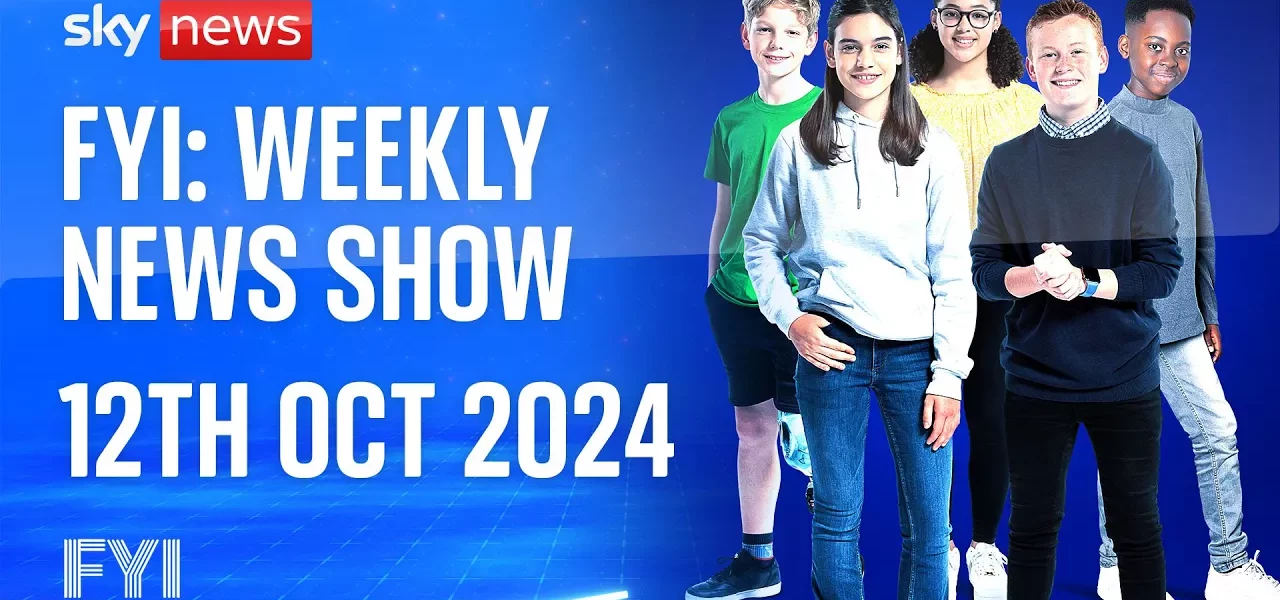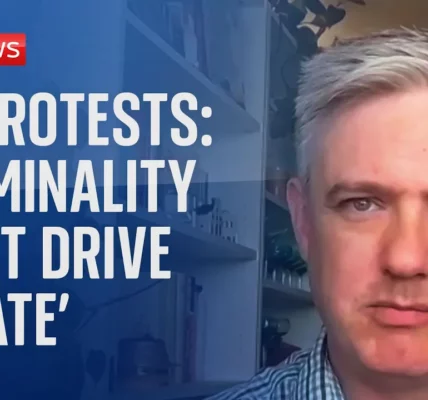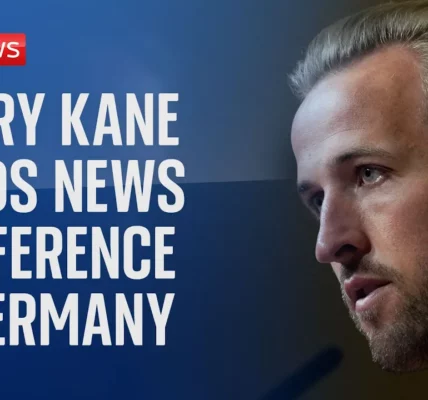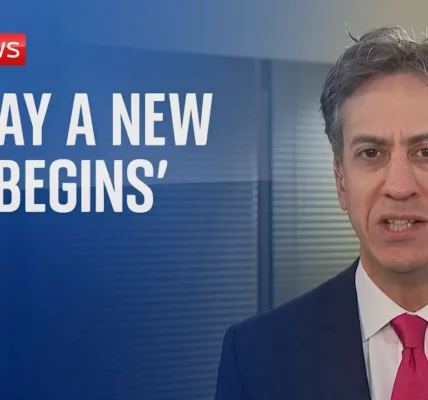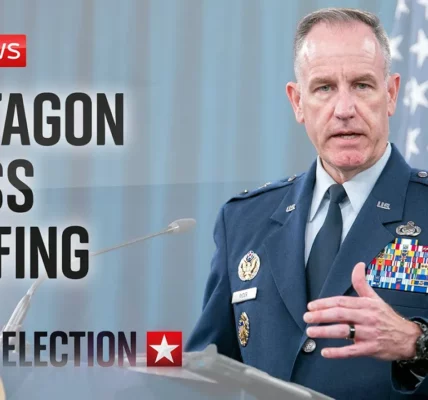How a Year of Conflict Has Affected the Children of Israel and Gaza

This article explores the profound impact of the ongoing conflict in Israel and Gaza on children, highlighting personal stories, humanitarian challenges, and the quest for peace and equality.
Introduction
The armed conflict between Israel and Hamas has led to devastating consequences for both sides, particularly for the children caught in the crossfire. One year after the attacks on October 7, 2022, the emotional and physical toll on these young lives is becoming increasingly evident. This article delves into personal experiences, the humanitarian crisis in Gaza, and the resilience of youth amid adversity.
The October 7 Attacks: A Year Later
The October 7 attacks marked a turning point in the Israel-Palestine conflict, resulting in significant loss of life and escalating tensions. Armed fighters from Hamas launched a surprise assault, targeting both civilians and military personnel. The aftermath of this attack has left deep scars on the Israeli society.
Impact on Families
For many families, the attacks resulted in unimaginable grief. Arel, a 17-year-old girl, shared her traumatic experience of losing family members and having relatives abducted. Her poignant message reflects the pain and uncertainty faced by families of hostages:
- Two uncles kidnapped.
- Aunt and cousins killed.
- 97 hostages remain unaccounted for.
The emotional burden on children like Arel is overwhelming, as they grapple with fear for their loved ones amidst the chaos.
The Humanitarian Crisis in Gaza
The conflict’s toll extends beyond immediate casualties; it has precipitated a severe humanitarian crisis in Gaza. With airstrikes and ground invasions in response to the attacks, significant civilian casualties have ensued.
Casualties and Displacement
Estimates suggest that over 40,000 Palestinians, many of whom are civilians, have lost their lives since the conflict escalated. The United Nations reports that more than 1 million people have been displaced, seeking refuge in overcrowded camps.
Daily Life Amidst Conflict
Majed, a 15-year-old boy from Gaza, describes the stark contrast between his former life and his current reality:
- Waking up to explosions.
- Living in a small tent instead of a home.
- Struggling to access food and water.
Children like Majed and Mariam continue to strive for normalcy despite the challenges, attending makeshift schools and attempting to maintain their education under dire conditions.
Hope Amidst Despair: Efforts for Peace
Even in the face of adversity, there are glimmers of hope. Initiatives like Jerusalem Peace Builders aim to foster dialogue and understanding between Jewish and Arab youth.
Personal Connections for Peace
Isai and Rand, two young participants in this program, emphasize the importance of cross-community relationships:
- Creating friendships across cultural divides.
- Understanding differing perspectives in the conflict.
- Working together towards a peaceful future.
Their stories highlight that even in a fractured society, there is potential for reconciliation through empathy and dialogue.
Challenges Faced by Children with Disabilities
As the conflict rages on, children with disabilities face unique challenges. George, a 12-year-old boy from Wales, advocates for better accessibility and support for kids like him living with spinal muscular atrophy.
Accessibility Issues
George highlights several obstacles he encounters:
- Lack of accessible public spaces.
- Inadequate funding for necessary equipment.
- Limited options for inclusive playgrounds.
His story emphasizes the need for societal changes to ensure that all children, regardless of their physical abilities, can enjoy equal opportunities.
Environmental Concerns: The Bottled Water Debate
Shifting focus to environmental health, recent reports indicate that bottled water may not be as safe as previously thought. Studies reveal that microplastics and chemicals can leach into the water from plastic bottles, posing potential health risks.
Health Implications
Experts argue that in regions like the UK, tap water remains a safer and more environmentally-friendly option:
- Microplastics found in bottled water.
- Health concerns linked to chemical leaching.
- Tap water as a viable alternative.
Conclusion
The ongoing conflict in Israel and Gaza continues to profoundly impact the lives of children. While the humanitarian crisis remains dire, stories of resilience and hope emerge amidst the chaos. From personal accounts of loss to efforts for peace and advocacy for equality, it is crucial to recognize the voices of those affected. As we reflect on these challenges, we must advocate for dialogue, understanding, and actionable change. Together, we can work towards a future where children can thrive, free from the burdens of conflict.
For more insights on the situation, please visit our related articles on [First News](https://first.news) to explore the ongoing humanitarian challenges and personal stories from the region.
“`
